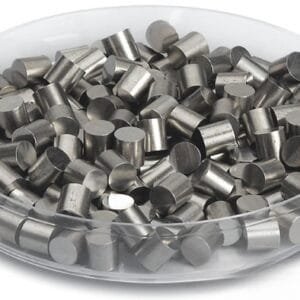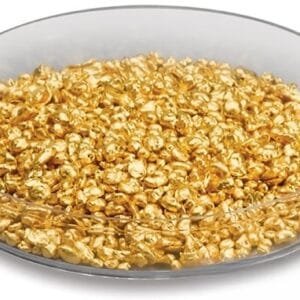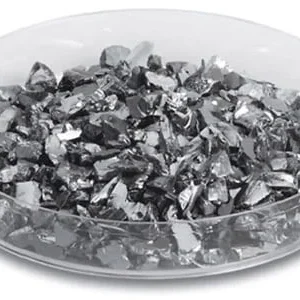Zirconium Copper Evaporation Materials Overview
TFM offers zirconium copper evaporation materials, a specialized alloy composed of zirconium (Zr) and copper (Cu). These high-purity materials are essential in various deposition processes to produce high-quality films. Our zirconium copper evaporation materials achieve a remarkable purity of up to 99.9995%, ensuring optimal performance and reliability through rigorous quality control.
Related Products: Zirconium Evaporation Materials, Copper Evaporation Materials
Applications of Zirconium Copper Evaporation Materials
Our zirconium copper evaporation materials are versatile and used in several key applications:
- Deposition Processes: Ideal for semiconductor deposition, chemical vapor deposition (CVD), and physical vapor deposition (PVD) techniques.
- Optics: Employed in wear-resistant coatings, decorative finishes, and display technologies.
Packaging and Handling
TFM ensures that all zirconium copper evaporation materials are clearly tagged and labeled for easy identification and quality assurance. We meticulously package our products to prevent damage during storage and transportation.
Contact Us
As a leading provider of high-purity zirconium copper evaporation materials, TFM offers these materials in various forms, including tablets, granules, rods, and wires. We also accommodate custom requests for specific forms and quantities. In addition to evaporation materials, we supply evaporation sources, boats, filaments, crucibles, heaters, and e-beam crucible liners. For current pricing and to inquire about materials not listed, please reach out to us directly.


 MSDS File
MSDS File



Reviews
There are no reviews yet.